Essential Considerations for Rental Property Maintenance: A Comprehensive Guide
- Conduct regular inspections to catch minor issues early and ensure tenant compliance with lease terms.
- Prioritize maintenance of appliances and systems like HVAC and plumbing to avoid costly breakdowns.
- Ensure safety and security with smoke detectors, secure locks, and regular pest control.
- Budget effectively for routine maintenance and unexpected repairs to protect your property investment.
Owning a rental property can be a profitable investment, but keeping it in excellent condition requires proactive maintenance. For landlords, understanding the essentials of property upkeep helps safeguard the property’s value, avoid costly repairs, and ensure tenant satisfaction. Here’s a guide to the critical maintenance aspects every property owner should consider for long-term success.
1. Regular Inspections: Catch Issues Early
Scheduling regular property inspections—ideally every six months or at least annually—is essential to catch minor issues before they escalate. Inspections allow landlords to assess the state of key systems, such as plumbing and HVAC (or electrical safety check Victoria), and to identify damage caused by tenant use or environmental factors. They also provide an opportunity to ensure tenants are abiding by lease terms and keeping the property in reasonable condition.
Checklist for Inspections:
- Exterior: Roof, gutters, siding, and landscaping.
- Interior: Plumbing, electrical outlets, smoke detectors, appliances, and general wear and tear.
- Pest Control: Regular inspections help identify signs of infestations before they worsen.
2. Appliance and System Maintenance: Prioritize Functionality
Keeping essential appliances and systems in working order is vital for tenant comfort and property longevity. Malfunctioning appliances can lead to tenant complaints or even damage to other parts of the property. HVAC systems, in particular, benefit from regular maintenance to avoid breakdowns and ensure energy efficiency.
- HVAC Servicing: Schedule HVAC inspections and cleaning every 6-12 months, ideally before the peak usage seasons.
- Appliances: Perform checks and cleaning on major appliances like refrigerators, ovens, and washers/dryers.
- Water Heater: Regularly flush the water heater to prevent sediment buildup, improving its lifespan.
3. Plumbing Care: Prevent Costly Water Damage
Plumbing issues, such as leaks or clogged drains, are common in rental properties and, if left untreated, can lead to extensive damage. Routine checks and preventative maintenance can keep plumbing systems running smoothly and prevent major water damage.
- Inspect Pipes and Faucets: Look for leaks, corrosion, or blockages, especially in high-usage areas like kitchens and bathrooms.
- Drain Maintenance: Encourage tenants to use drain strainers and avoid disposing of grease down the sink to prevent clogs.
- Toilet Functionality: Ensure toilets are not leaking and flush properly to avoid water wastage.
4. Safety Checks: Ensure Compliance and Tenant Safety
Safety features are a top priority in rental properties, not only to comply with local laws but also to protect tenants. Failing to address safety risks can lead to legal liabilities and impact your property’s appeal to potential renters.
- Smoke and Carbon Monoxide Detectors: Replace batteries at least once a year and test for proper functioning.
- Fire Extinguishers: Provide tenants with easy access to fire extinguishers and inspect them annually.
- Window and Door Locks: Ensure all locks are secure and functioning, as tenants prioritize security in rental properties. Custom fit blinds can also enhance privacy and add a polished look to the space, making it more appealing to renters.
5. Landscape and Exterior Maintenance: Boost Curb Appeal and Longevity
While landscaping may seem purely aesthetic, it plays a significant role in maintaining the property’s value and appeal. Trees, for instance, can pose risks if not properly trimmed, as branches could damage roofs or windows during storms. Regular landscaping upkeep also reduces fire hazards and keeps pests away.
- Gutter Cleaning: Clean gutters at least twice a year to prevent water buildup, which could damage the roof or siding.
- Lawn and Garden Care: Trim trees and shrubs, mow the lawn, and control weeds to keep the exterior looking well-kept.
- Driveways and Pathways: Repair cracks or damage to walkways to maintain safety and visual appeal.
6. Pest Control: Keep Unwanted Guests Away
Tenants expect a pest-free environment, and regular pest control is an essential part of maintaining a rental property. Even in urban areas, pests such as rodents, cockroaches, and ants can find their way into homes, particularly if preventative measures are not in place.
- Seasonal Treatments: Consider seasonal pest control treatments, especially in warmer months when pest activity is high.
- Sealing Entry Points: Seal any gaps around windows, doors, and foundations where pests could enter.
- Tenant Guidelines: Provide tenants with guidelines for waste disposal and cleanliness to minimize pest attraction.
7. Roof and Foundation: Protect the Core Structure
Maintaining the roof and foundation is critical for the property’s long-term health. Ignoring these areas can lead to severe damage and expensive repairs. Leaks, for example, can damage both the roof and interior, while foundation issues can lead to structural instability.
- Roof Inspections: Have a professional inspect the roof every few years for signs of wear, loose shingles, or leaks.
- Foundation Checks: Look for cracks in the foundation or signs of shifting, which could indicate more significant structural issues.
- Drainage System: Ensure proper drainage around the foundation to prevent water pooling, which can weaken the foundation over time.
8. Documentation and Record-Keeping: Maintain a History of Repairs
Keeping detailed records of maintenance activities, repairs, and inspections is crucial for legal and financial reasons. Accurate documentation can help in tax deductions and protect against tenant disputes or liability claims.
- Repair Logs: Keep a log of all repairs and services conducted, including the date, cost, and nature of the repair.
- Receipts and Warranties: Save receipts and warranty information for appliances and any contracted work, as they may be necessary for future claims or maintenance.
- Tenant Communication: Document communication with tenants regarding repairs, inspections, and maintenance requests.
9. Tenant Communication: Establish a Clear Maintenance Protocol
Effective communication is essential for a smooth landlord-tenant relationship. Set clear expectations for reporting maintenance issues, whether through an online portal or a dedicated email, and respond promptly to tenant requests. Encouraging tenants to report issues as they arise can prevent minor issues from becoming costly repairs.
10. Budgeting for Maintenance: Plan for Unexpected Costs
While regular maintenance helps reduce unexpected repairs, unplanned issues can still arise. Setting aside a portion of rental income for maintenance expenses ensures funds are available for repairs and minimizes the impact of emergency costs.
- Routine Maintenance Fund: Allocate a percentage of rental income, typically around 1-2%, to a maintenance fund.
- Emergency Repairs: Have a separate fund for emergency repairs, such as plumbing leaks or HVAC breakdowns.
- Annual Review: Review the maintenance budget annually to adjust for inflation or increased repair costs.
Final Thoughts: Proactive Maintenance for a Stress-Free Investment
By being proactive and organized, landlords can ensure their rental properties remain in top shape, keeping tenants happy and protecting the property’s value. The key to successful rental property maintenance is consistency—regular inspections, addressing minor repairs promptly, and maintaining good communication with tenants. Through a well-planned maintenance strategy, landlords can enjoy a smoother, more profitable rental experience and reduce long-term expenses.
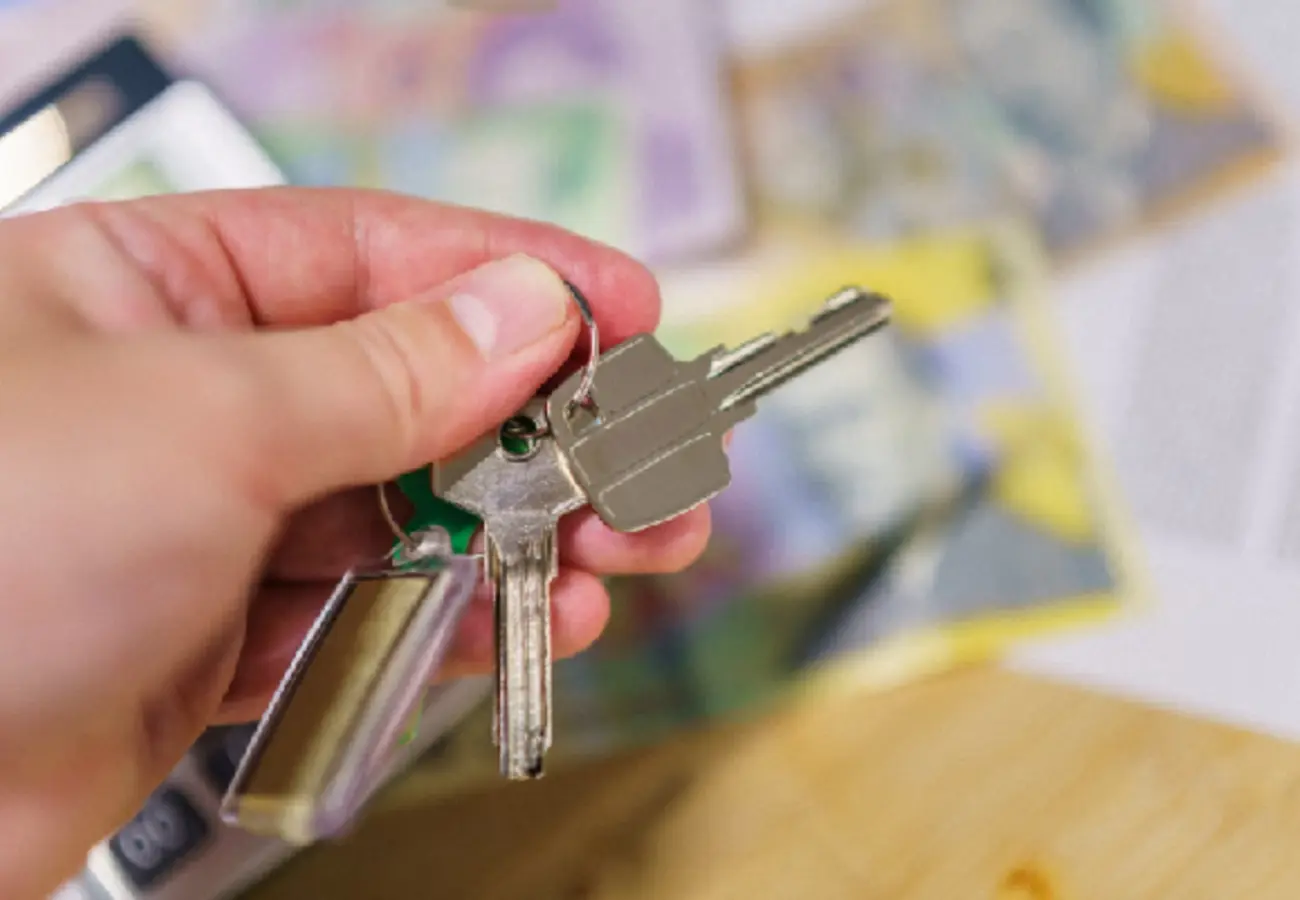
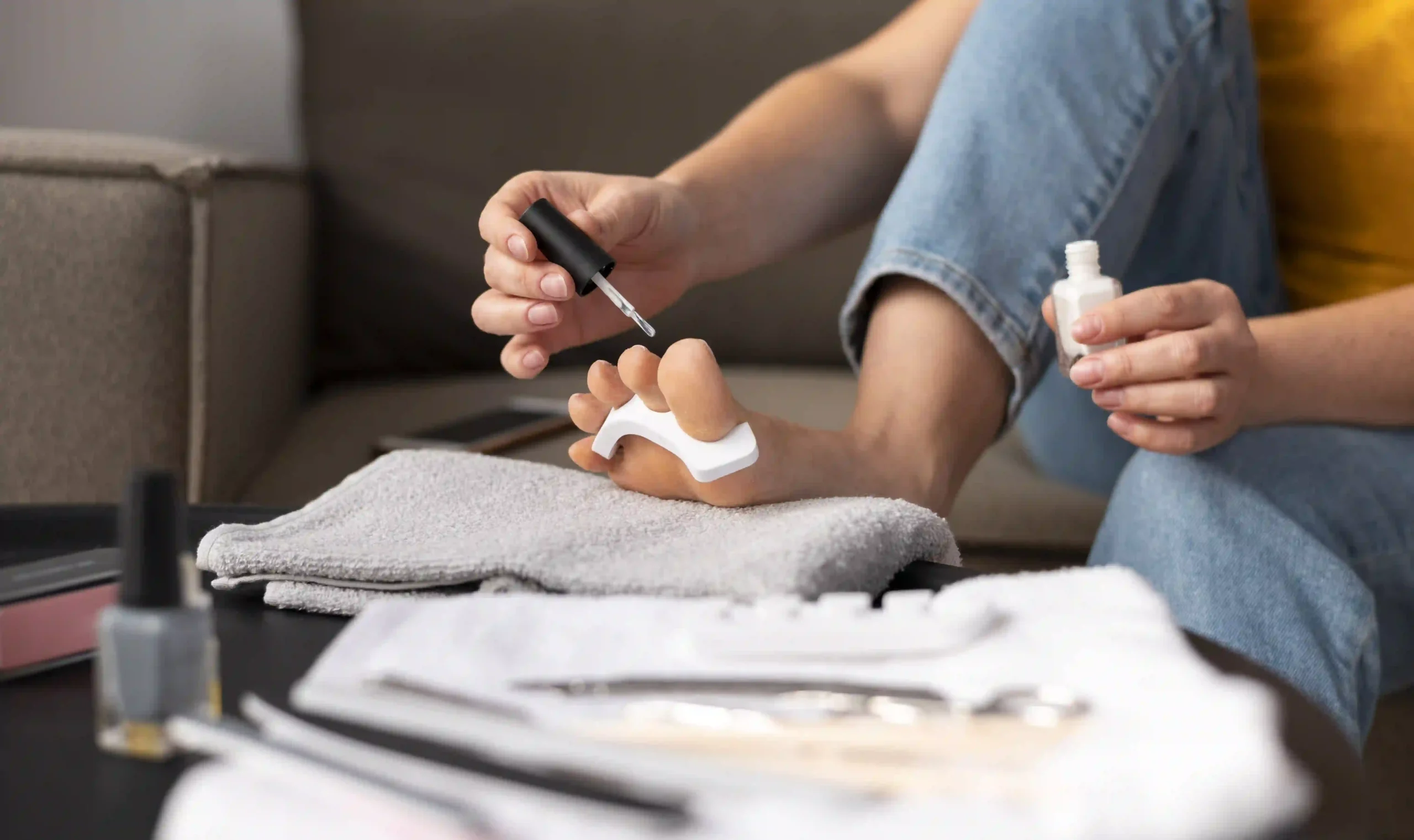
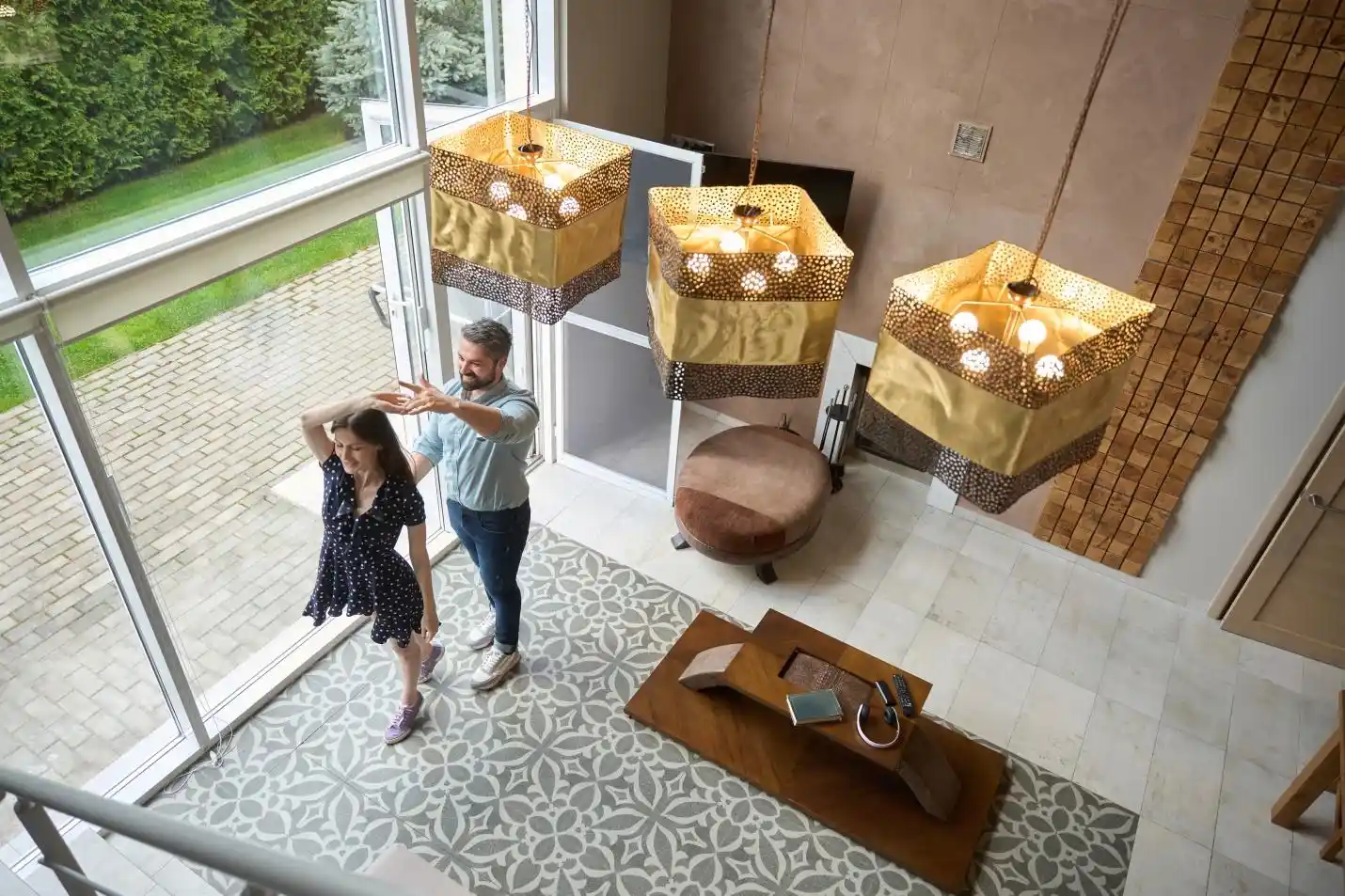
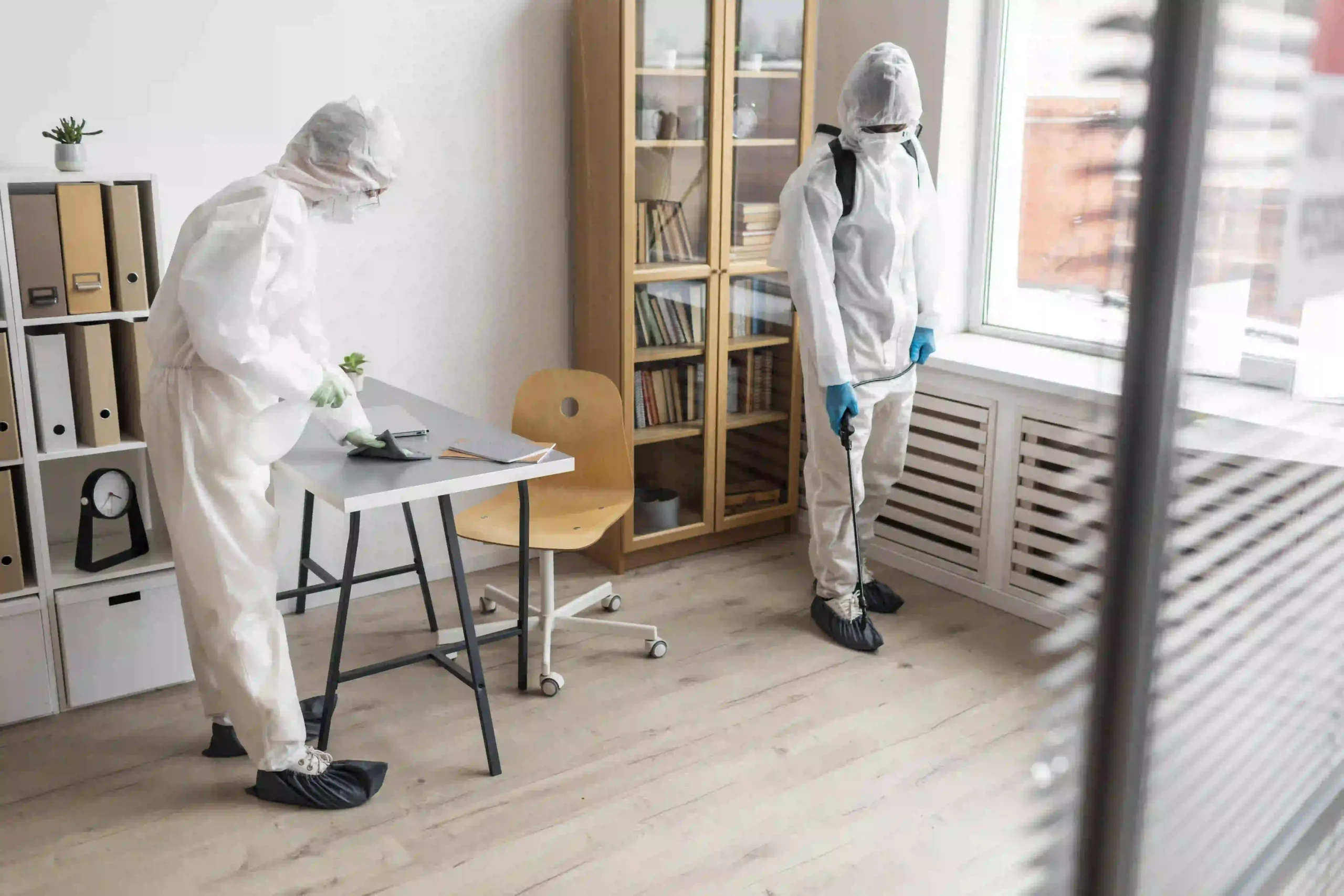

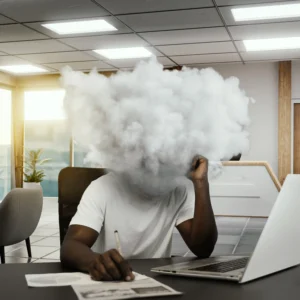
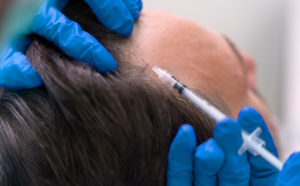
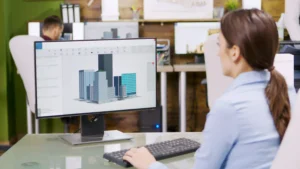






Post Comment